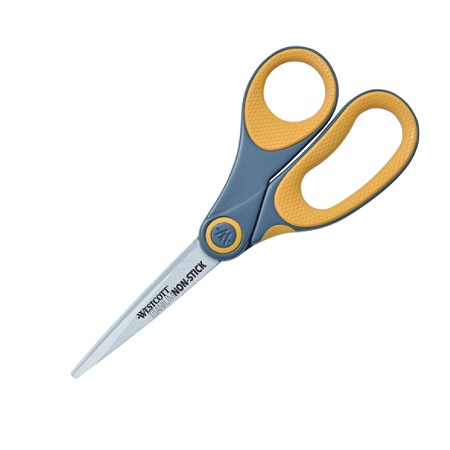Preparation is so much more than having something planned
out ahead of the event you’re planning for. In fact, I’d say planning is just
half the battle when it comes to “being prepared.” Perhaps that’s why so many
people think they’re prepared for things like an interview or a ball game or
even a first date, and yet things don’t always go according to plan.
For a topic as seemingly simple as preparation, you’re
probably asking yourself what else could be a part of the process. I mean, it’s
“just” preparing yourself before something happens, right?

Wrong. There are other components to preparation that show
you are actually ready for the thing when it takes place, and they’re not
simply having an idea (or plan) in mind for what’s going to happen. It’s
crucial to know multiple other things as well.
Mindset.
I’d say this is likely the most important thing about
preparedness. Without the right frame of mind or perspective, a plan will
inevitably flop simply because the wielder of the plan didn’t come into the
event or experience with the right mindset. You have to understand whatever
you’re getting yourself into at a deeper level than just the surface, and you
also need to realize that being “prepared” means being ready for anything to
happen. Just because you expect A to go down doesn’t mean B or C won’t happen
instead of or in addition to A. Just as well, having a great attitude about your
interview or date or whatever it is makes a world of difference. You can chalk
that up to having the right mindset as well.

Materials.
Having the right supplies is crucial in any sort of
preparation for something. Now, perhaps you’re merely planning for a school
reunion and think materials don’t matter. But in this example, it’s important
to have your clothes on point, and it’s also crucial to have your wallet with
you. Sure, these are no brainer items, but they’re a part of the process too.
For other examples like being prepared while you’re on the
job, things like basic office and shipping supplies are a great way to stay
proactive in being prepared for anything. I mean, in the off chance you’re
asked to take something to the shipping store nearby, it’s probably a good idea
to look like you’re on top of things by pulling out some shipping supplies in
your desk, like a manila envelope and shipping labels. That’ll score you
brownie points for sure.







